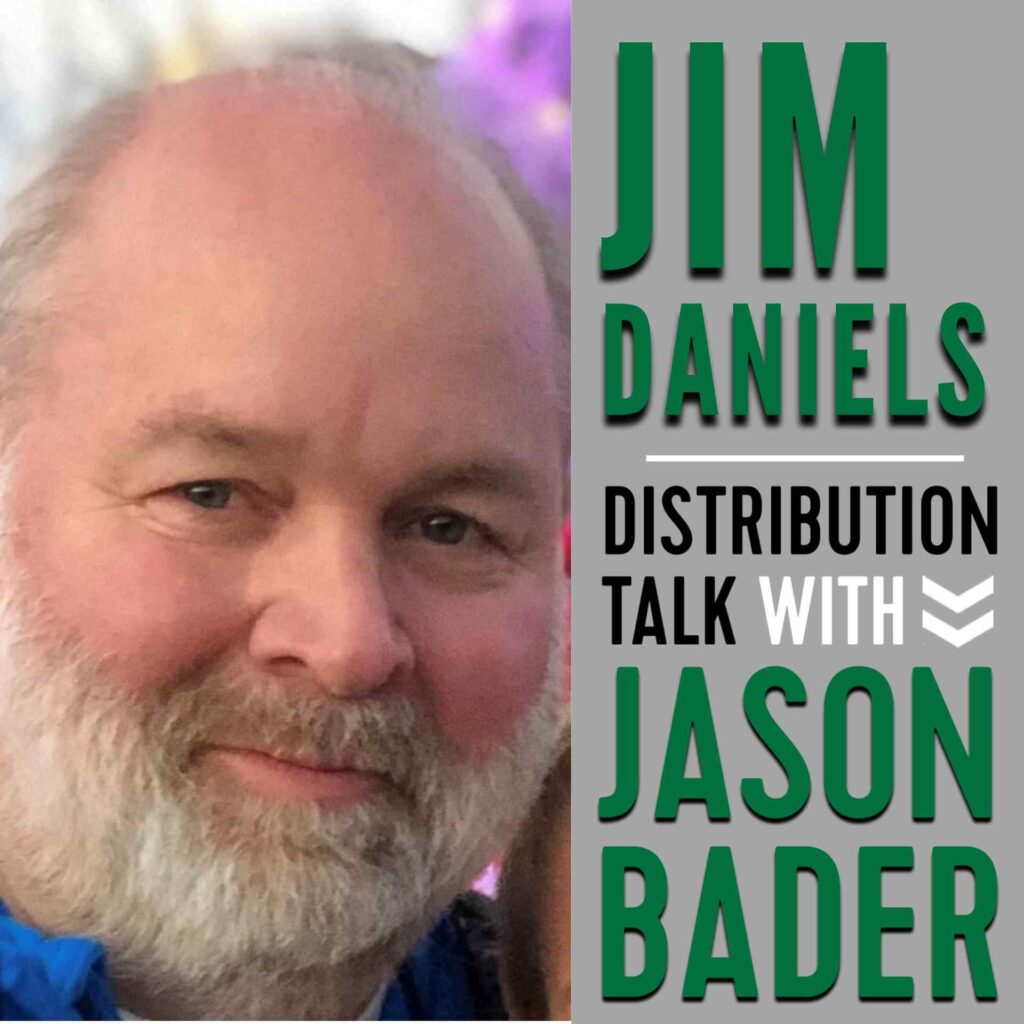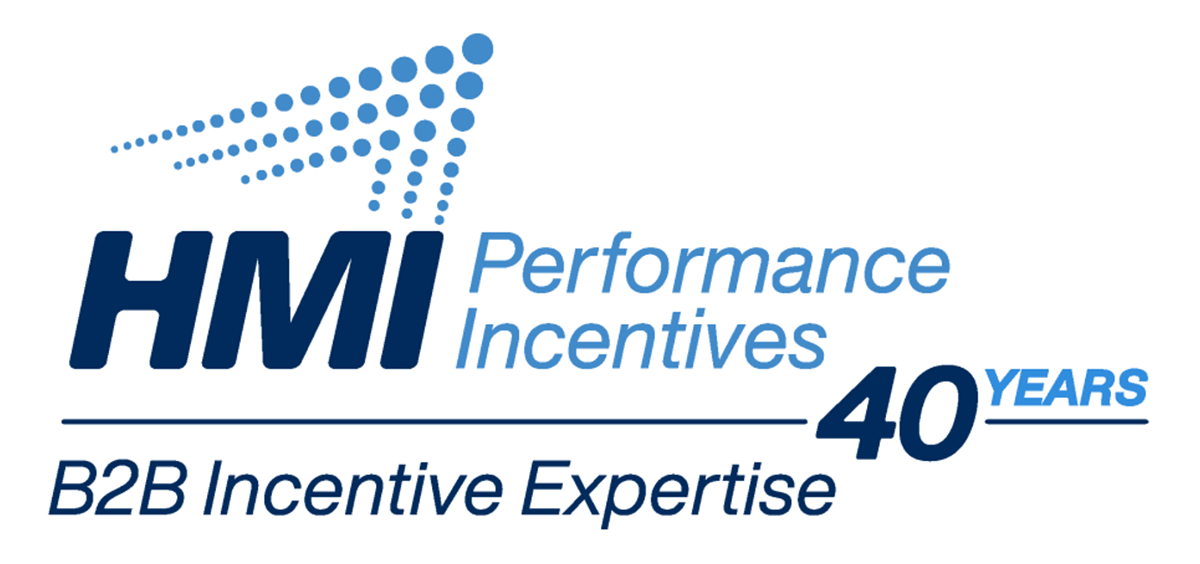Having trouble finding a candidate to take over once you’ve left the business for good? You needn’t confine succession planning to family members or fellow C-suite occupants.
Jim Daniels, president and chief operating officer of Mid-State Sales in Columbus, OH, says the key to a successful strategy is to consider rising stars both in and outside your organization. Jason speaks with Jim about creating a succession roadmap for every key role and mentoring talent to take those positions forward.
“When you’re 28 years old, you don’t look 30 years out. You’re just going to look out 30 days,” says Jim, recalling the interview that would change the trajectory of his life. He may not have grown up in distribution or know anything about hydraulic hose fittings, but Jim found the management trainee opportunity too good to pass up.
“I was young. I was ambitious, eager to learn, and certainly up for the challenge.” Mid-State’s owner at the time, who had no family interested in taking over the business, saw an opportunity as well: a chance to prepare Jim for a vital role within the company’s succession plan.
Thirty years later, Jim’s following a similar blueprint, providing an environment in which Mid-State’s 80 employees spread across the company’s four branches can excel. Attracting top talent means providing candidates with a clearly defined path forward. “As you bring people into the organization,” Jim says, “you start to see their strengths and weaknesses.” Sometimes those traits aren’t predicted by a formal assessment.
A good manager, says Jim, is one who’s developed an ability to recognize best-fit opportunities–and allows room, within reason, for experimentation. “We’ve had salespeople that have not done well on the assessment, and we took the leap, and they’ve done really well.” While he concedes that the opposite has also proven true, in his experience, more favorable outcomes directly result from both manager and candidate in alignment about the future.
Even top talent requires training. More specifically, mentoring. The difference, says Jim, is profound. In many ways, training is a one-way experience; this is how you do x-y-z. On the other hand, mentoring is a give-and-take exercise–and it’s the key to successful succession planning. “It’s not talking down to someone. You want to have a one-on-one discussion, back-and-forth, and let them be free enough that they can tell you what they’re doing, and they can ask questions.”
Succession doesn’t always mean ownership or presidency. A distributor can mentor talent to fill many roles within the company, paving the way for continued health and prosperity of the entire organization.
QUOTES
Succession planning is primarily, if it’s a proactive, maybe a systematic approach; I guess the bigger the distributor becomes, the more need for that type of planning.
There’s a big difference, to me, between training and mentoring. Training is kind of a step-by-step, this is how you do this process, right? Mentoring is more one-on-one, sitting down with someone, talking about that particular position.
There’s more than one way to do this job right and more than one way to get to where you want to be.
I think as the mentor you have to have that checklist of things that you want to get done.”
The other thing about mentoring and grooming people for leadership roles, I think it’s difficult sometimes to, you know, I don’t think you want to force the issue.
CONNECT WITH JASON
CONNECT WITH JIM DANIELS
***
Distribution Talk is produced by The Distribution Team, a consulting services firm dedicated to helping wholesale distribution clients remove barriers to profitability, generate wealth and achieve personal goals.
This episode was edited & mixed by The Creative Impostor Studios.
https://www.distributionteam.com
Special thanks to our sponsor for this episode: HMI Performance Incentives, providing innovative, data-driven B2B incentive solutions.



